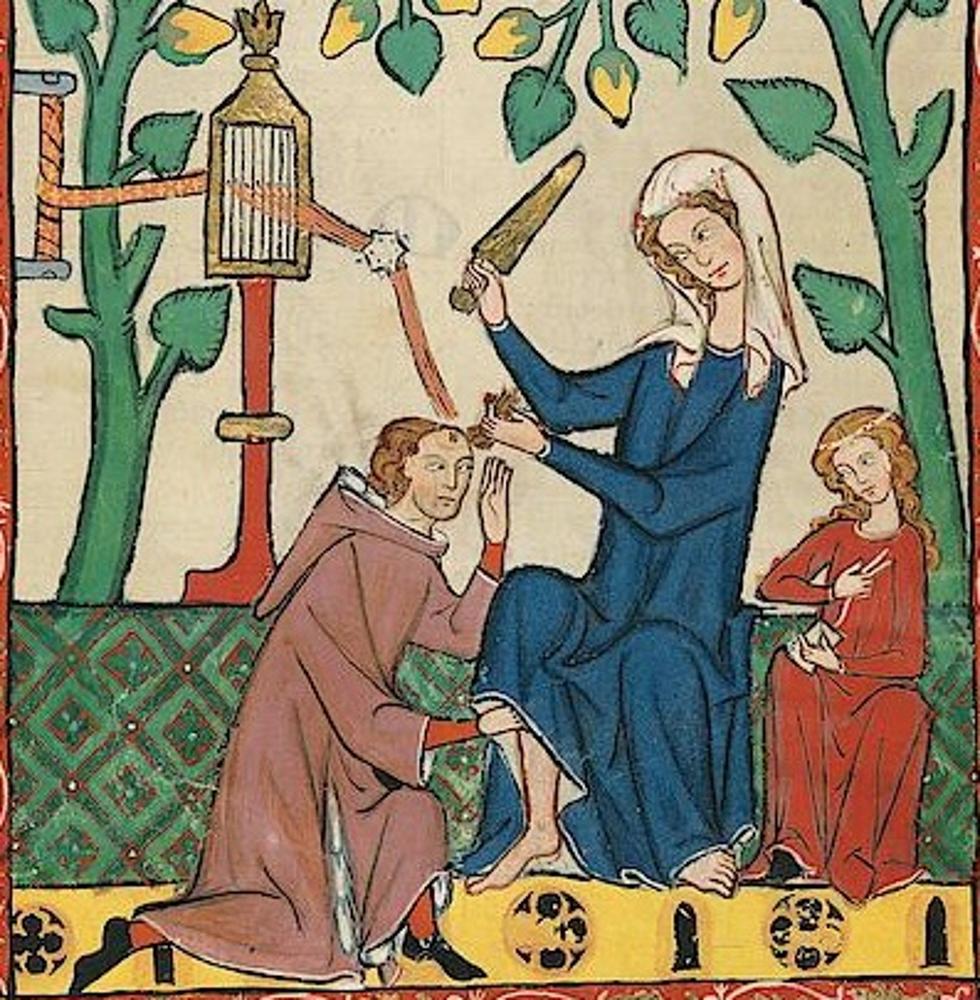1642 women's clothes
Feb. 18th, 2025 10:34 amAs some of you may know, I've gotten involved in English Civil War Re-enactment. It's an interesting period, and social history is interesting in almost any era.
At the moment, I'm making myself a proper costume. Hand-sewing it all - which is an interesting experience in its own right - and using authentic materials as far as possible. ie. Wool linen, period fastenings, etc.
I'm currently having fun with coifs. Coifs are what women wore on their heads in this era. Part practicality - kept all the wood smoke out of your hair, and added a bit of warmth in the little ice age. Part fashion, and, possibly, part modesty. (there's a biblical thing about women keeping their hair covered in church and Bible reading was getting quite wide-spread at this time)
I've got patterns from several sources, and my friend Pat let me take some photos from one of her books, and there some good stuff on the Marquis of Winchester's site (they’re a regiment of the English Civil War Sociey - http://www.marquisofwinchesters.co.uk/living-history-guide-coifs-and-hair/, and Pat's blog https://costumehistorian.blogspot.com/search/label/coifs
I decided to start with some scrap fabric to see which style of coif I liked - gradually altering the fabric, gathering it in different places, etc.
I learnt a surprising amount from the things I did with bits of old sheet!
Quite revealing. I now know why some of the patterns have curvy edges round the face.

I thought originally the curvy edge was just to look pretty, but if you cut the edge straight, you lose quite a bit of sideways vision. The curve solves that, dipping back close to the eyes.
The coif was often worn with a forehead cloth - rather like a very broad Alice band that covers the bottom of the hairline.
At first I though they were an extreme form of modesty, but having played aound making and wearing a couple, another reason jumps out at me - the coif stays on much better if you have a forehead cloth. (even without pins, it makes a big difference, the pins make it even more secure). Who knows, maybe women only wore forehead cloths if it was windy? (lots of art shows women with just the coif).
And the pointy coif?
It's the easiest one to sew. That alone might count for it being popular
The garment round my shoulders is a 'kerchief'. It's surprisingly practical. I've taken to wearing it around the house on cold days. It's just a square of linen (made from an old tablecloth bought on ebay) folded into a triangle. It's fastened with a single pin.

I was sure the pin would fall out, but in fact, it stays comfortably in place all day. The garment adds warmth around the next and shoulders and never gets in the way. I used to wear shawls a lot, but this is far more practical and also easier to wash!
I'm constructing a web site for the Regiment I belong to - the Norfolke Trayned Bandes - the Trained Bands usually fought in their local area, as they were notoriously reluctant (for obvious reasons) to go and fight in, say, Scotland. They were basically a form of militia.
Feedback on the website, always appreciated.




